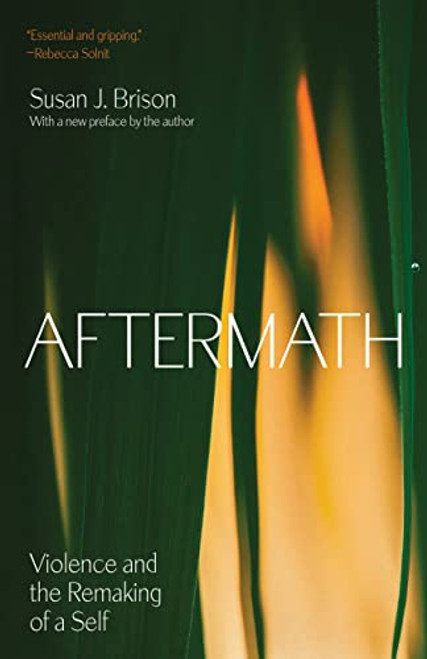The spectacularly successful transformation of Times Square has become a model for other cities. From its beginning as Longacre Square, Times Square's commercialism, signage, cultural diversity, and social tolerance have been deeply embedded in New York City's psyche. Its symbolic role guaranteed that any plan for its renewal would push the hot buttons of public controversy: free speech, property-taking through eminent domain, development density, tax subsidy, and historic preservation.
In Times Square Roulette, Lynne Sagalyn debunks the myth of an overnight urban miracle performed by Disney and Mayor Giuliani, to tell the far more complex and commanding tale of a twenty-year process of public controversy, nonstop litigation, and interminable delay. She tells how the troubled execution of the original redevelopment plan provided a rare opportunity to rescript it. And timing was all: the mid-1990s saw rising international corporate interest in the city was a mecca for mass-market entertainment and synergistic merchandising. Sagalyn details the complex relationship between planning and politics and the role of market forces in shaping Times Square's redevelopment opportunities. She shows how policy was wedded to deal making and how persistent individuals and groups forged both.











